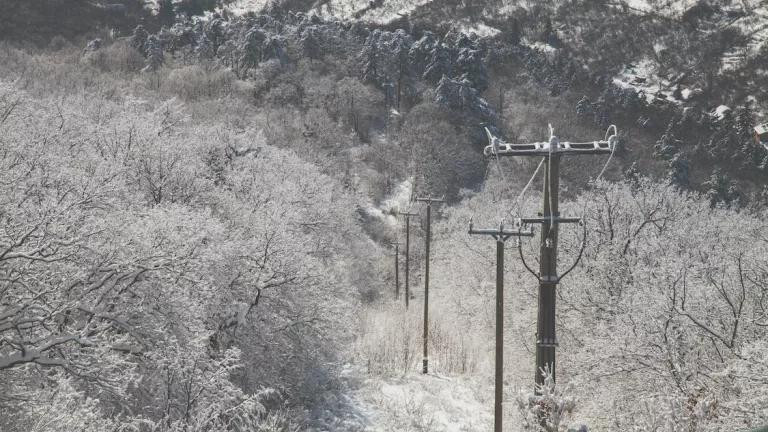Despite the growing body of evidence, Texas officials continue to ignore the threat that climate change poses. In fact, they're downright hostile to it. In comments submitted to the EPA last week, officials at the Texas Commission on Environmental Quality called climate change science “questionable, contentious, and presently debatable” and stated that EPA’s draft plan to prepare for climate change impacts is “unnecessary.” They also claimed that “[m]uch of the science behind global warming theories continues to be hotly debated in the scientific community…” This is in direct contradiction to the facts: 97 percent of climate scientists and over 200 scientific organizations worldwide agree that warming trends over the past century are very likely due to human activities.
Texas’s continual failure to consider climate change risks is placing people and communities in the Lone Star State at risk. Recent research suggests that extreme drought conditions seen in the state during 2011 are distinctly more probable now than 40 to 50 years ago due to contributions from climate change. And climate change modeling conducted to support the 2013 National Climate Assessment indicates that the southern part of the Great Plains will become both hotter and drier in the coming decades. In fact, nearly 90 percent of Texas, which has endured severe drought conditions in the past few years, is currently facing moderate to exceptional drought.

As a result of prolonged drought conditions, the state’s water supply reservoirs are only 66 percent full compared to the 1990-2013 median of nearly 85 percent at this time of the year. To deal with water shortages, more than 650 water systems have implemented mandatory water use restrictions, such as limiting or even banning outdoor water use. And if things already weren’t bad enough, drought conditions are forecast to persist or intensify for western and southern Texas in the coming months.
The state’s failure to acknowledge and consider climate change-related risks is in sharp contrast to other states across the country that are moving decisively to plan and prepare. Next week, we’ll be releasing our new Getting Climate Smart report, a guide for states (like Texas) on how to develop and implement a climate preparedness plan. Our upcoming guide lays out a six-step process and contains more than 600 strategies states can use to prepare for increasingly warmer temperatures, more variable precipitation patterns, and higher sea levels.
As our guide points out, there’s still time for states like Texas to get their act together. But with carbon pollution increasingly fueling extreme weather events and other changes in climate, time is running out.



